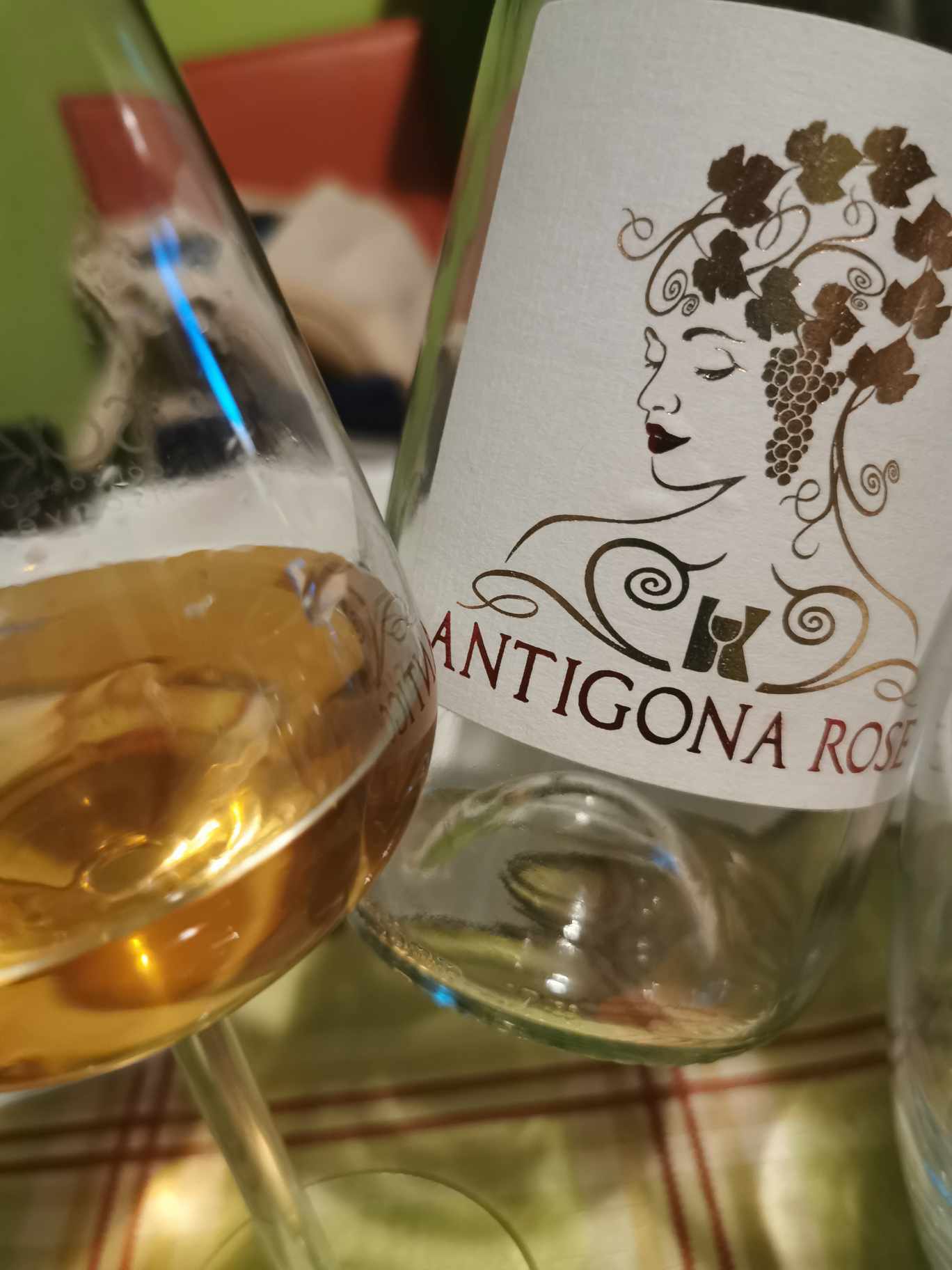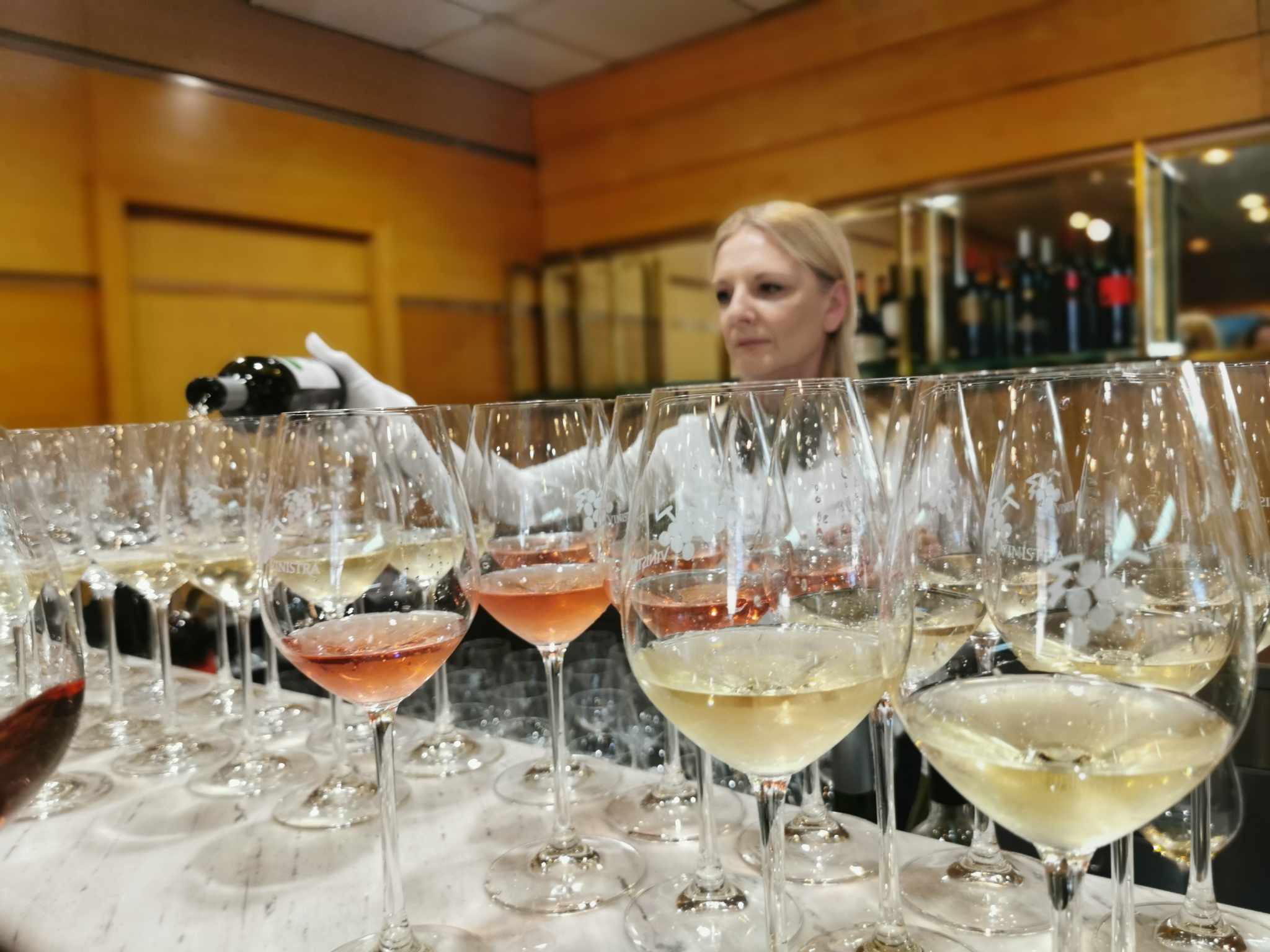News
News / 01/08/2019 / 1676

Serbia has transformed significantly its wine sector. There was a lot of work to align the country’s entire wine sector in accordance with EU legislation. If we consider this sector, Serbia is already in the EU. Regional classification gave its practical implications too. Consumers have started paying more attention to the geographical areas from which the wines originate. The winemakers have finally started thinking whether each grape variety is suitable for the region where they are about to plant new vineyards … Indeed, regional classification has brought order in the wine sector. I still remember initial resistance among winemakers, but now everything seems to be running smooth… Almost… Wine regions have been outlined. There are still no detailed analysis for all wine regions, and the Ministry of Agriculture is doing it really slowly. It needs to be faster, because there is still a lot of work ahead of us. When the detailed specification is made for all wine regions, then it’s time to analize each viticultural sub-region. So, there is still a lot of work to be done…
However, although regional classification hasn’t been fully completed yet, we slowly see items that might look different. It’s a logical train of thought. We started building the system from scratch. Now we see where adjustments need to be made. It’s perpetuum mobile, and it will always be so. It only requires more proactive response from our ministry of agriculture.
This article presents my subjective reflections on the topic of regional classification of Serbia and these ideas might one day become a reality in the course of subsequent adjustments… Until then, let it be food for thought.
- Lazarevac should be merged with Valjevo-Pocerje wine region – Although Lazarevac administratively belongs to the city of Belgrade, so it was consequently placed in Belgrade wine region (together with Smederevo), it is not logical that in the same wine region there are terrains directly influenced by the Danube (Smederevo, Grocka) and Lazarevac, which is further away from the river.
- Jagodina should join Šumadija region – Jagodina administratively belongs to Šumadija, but wineries in the vicinity of Jagodina are not classified in Šumadija region.
- Župa should be a separate wine region – According to current classification, Župa is a sub-region within Three Moravas wine region. However, historically Župa’s reputation is far stronger than the reputation and identity of Three Moravas region. Also, Župa is a geographically separate region with its distinctive features and grape varieties that differ from the rest of Three Moravas region.
- Consolidation – Serbia is currently divided into 22 wine regions and 77 sub-regions. For a country of this size, this number is unjustifiably large. It is enough to make comparison with countries of similar size, such as Austria and Portugal. Austria has 3 wine regions with 16 sub-regions, while Portugal has 14 wine regions. Does Serbia really need to have separate Banat and South Banat regions? Especially if we take into account today’s trend in Europe that is increasingly promoting cross-border wine regions, which could someday result in common wine region of Banat shared between Romania and Serbia.
- Mlava region should be reshuffled - The flaw of today’s regional classification is the fact that small regions often contain few wineries. Consequently, our regional associations of winemakers are not strong enough compared to similar associations from other wine countries. Mlava region, which contains only 4 or 5 wineries, is not able to competitively promote itself on the market against larger regions that have associations with more than 50 wineries. Needless to compare them with similar regions in Italy, for example, which have several hundred wineries in the association.
- Definition of extreme areas – Current regional classification takes into account only parts of Serbia that meet “ideal” conditions for cultivating vines. However, one should not lose sight of the parts of Serbia where vines have been grown for centuries and where microlocation, choice of grape varieties and specific microclimate are of particular importance. Although it is regarded that ideal conditions for grapevine growth include altitude up to 600 meters, Vale d’Aosta region in Italy has vineyards located in the Alps as high as 1300 meters above sea level. In Serbia, we already have the first wineries that are located outside the boundaries of current wine regions, such as the slopes of the extinct volcano Ostrvica in Šumadija. For that reason, experts should identify potential areas, whilst scientific research should determine adequate choice of grape varieties and wine styles that would benefit from such an environment. What comes to my mind are sparkling wines from small microlocations in the vicinity of Prijepolje and Priboj, where warm currents from the Mediterranean break through Montenegrin mountains, whilst historical sources are full of data concerning vineyards in this part of Serbia.

(09.01.2019.)

Tomislav Ivanović
Awarded wine writer, wine critic and contributor to selected wine magazines. WSET3-certified author and editor-in-chief of www.vinopedia.rs. Member of Vojvodina Sommelier Association. Juror in national and international wine competitions. Lecturing about wines of Serbia and the Balkans. Local partner of Wine Mosaic organization. Co-founder of International Prokupac Day.

Pročitajte i druge članke iz ove rubrike:


VINOPEDIA TOP 10 2024
PROČITAJ VIŠE


GIUAANI - VINSKI TURIZAM NA GRUZIJSKI NAČIN
PROČITAJ VIŠE


SPASIMO STARE VINOGRADE SRBIJE
PROČITAJ VIŠE


NAŠLI SMO ANTIGONU IZ ORAHOVCA
PROČITAJ VIŠE


SRPSKO VINO KOŠTA 100 EUR - I ŠTA ĆEMO SAD?
PROČITAJ VIŠE
Winner MILLESIMA BLOG AWARD 2016

Pobednik MILLESIMA BLOG AWARD 2016
VINO & FINO wine personality of the year 2016

VINO & FINO vinska ličnost godine 2016